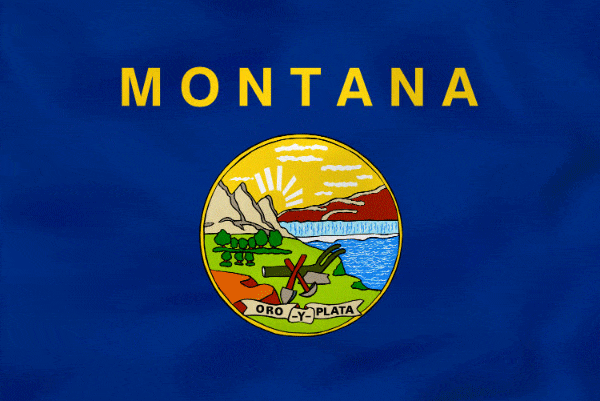 History First explored for France by François and Louis-Joseph de La Vérendrye in the early 1740s, much of the region was acquired by the U.S. from France as part of the Louisiana Purchase in 1803. Before western Montana was obtained from Great Britain in the Oregon Treaty of 1846, American trading posts and forts had been established in the territory. The major Indian Wars (1867–1877) included the famous 1876 Battle of the Little Big Horn, better known as "Custer's Last Stand," in which Cheyenne and Sioux defeated George A. Custer and more than 200 of his men in southeast Montana. Much of Montana's early history was concerned with mining, with copper, lead, zinc, silver, coal, and oil as principal products. Butte is the center of the area that once supplied half of the U.S. copper. Fields of grain cover much of Montana's plains. It ranks high among the states in wheat and barley, with rye, oats, flaxseed, sugar beets, and potatoes as other important crops. Sheep and cattle raising make significant contributions to the economy. Tourist attractions include hunting, fishing, skiing, and dude ranching. Glacier National Park, on the Continental Divide, has 60 glaciers, 200 lakes, and many streams with good trout fishing. Other major points of interest include the Little Bighorn Battlefield National Monument, Virginia City, Yellowstone National Park, Fort Union Trading Post and Grant-Kohr's Ranch National Historic Sites, and the Museum of the Plains Indians at Browning.
|
Read this profile of Montana to learn about the state's history, points of interest, and government. Also find interesting facts about each state, including the state's motto, symbols, and when it entered the union.




